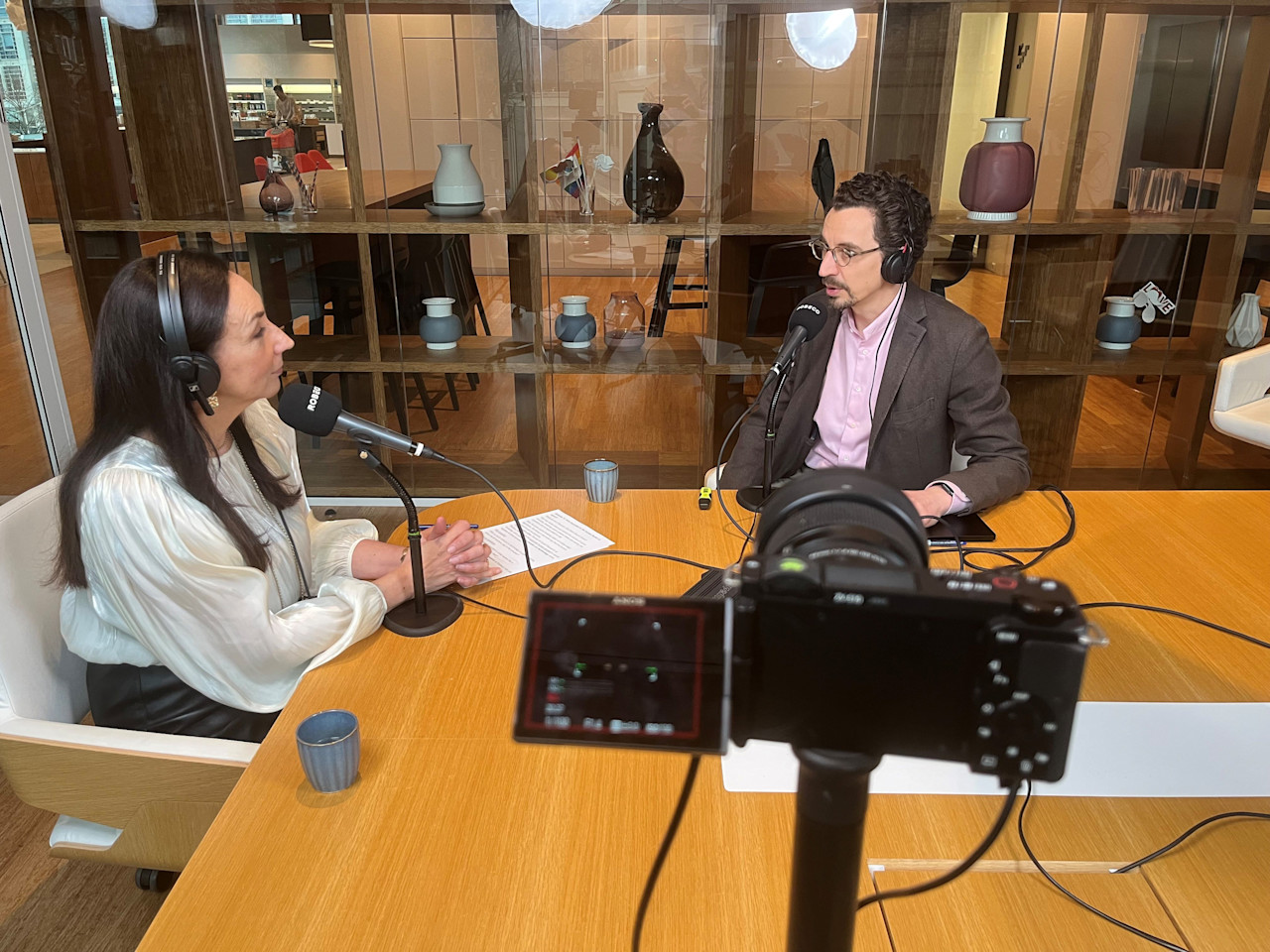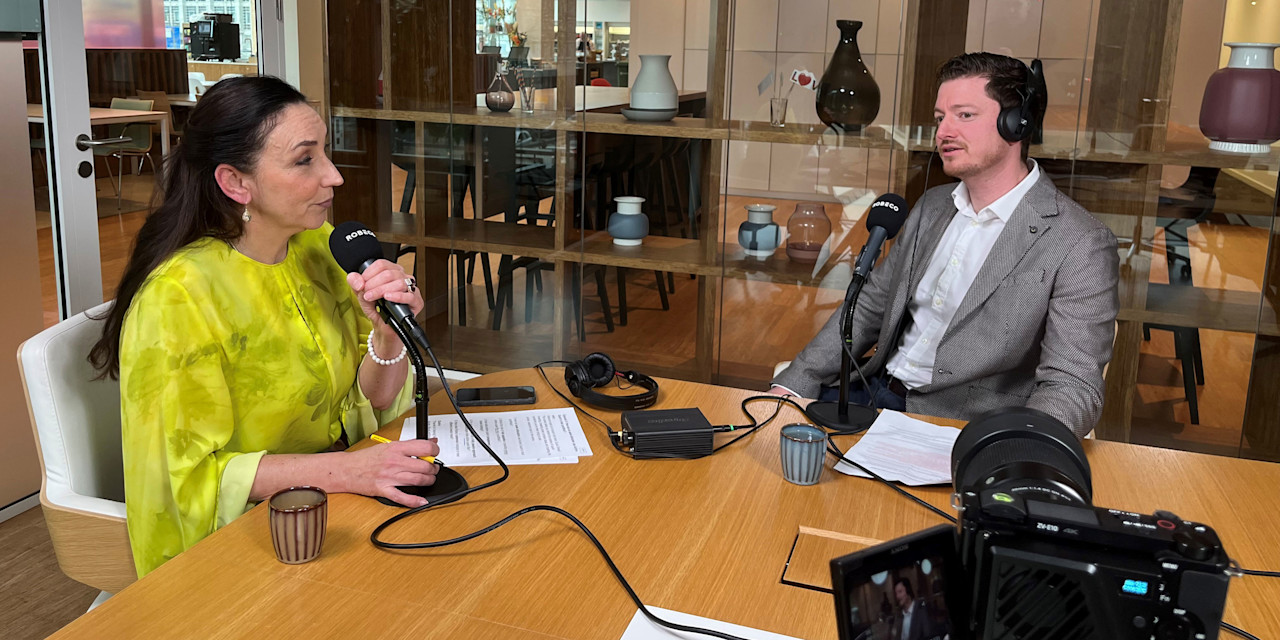Blending data-driven insights, risk control and quant expertise to pursue reliable returns.


Fama-French 5-factor model: five major concerns
Is the Fama-French 5-factor model really the ultimate tool for analyzing stock returns, or does it fall short?
Sommario
- Why low volatility and momentum aren't included
- Concerns about the robustness of new factors
- The unanswered questions that still linger
In 2015, Nobel laureate Eugene Fama and researcher Kenneth French expanded their iconic 3-factor model to include profitability and investment factors, creating a new 5-factor model. Yet, despite this upgrade, it fails to address some critical gaps, especially regarding low volatility and momentum, sparking debate in the financial world.
In a research paper recently published in the Journal of Portfolio Management, Robeco’s David Blitz, Matthias Hanauer, Milan Vidojevic and Pim van Vliet, highlight five major concerns. In the article they point to a number of shortcomings, in particular concerning the low volatility and the momentum effects, as well as robustness issues.
Back in 1993, Fama and French argued that the size and value factors capture a dimension of systematic risk that is not captured by market beta in the Capital Asset Pricing Model (CAPM). By extending the CAPM, they developed the influential 3-factor model. The size effect describes how small-cap stocks yield higher returns than their large-cap counterparts, while the value effect demonstrates the superior performance of stocks with a low price-to-book ratio compared to those with a high price to book.
Over the past two decades, this 3-factor model has shaped asset pricing studies, which often look at both 1-factor and 3-factor alphas. However, as evidence mounted that these three factors failed to explain the cross-section of stock returns sufficiently, Fama and French expanded the model in 2015 by additing two new factors: profitability (stocks of companies with a high operating profitability perform better) and investment (stocks of companies with high total asset growth have below average returns). Both new factors are concrete examples of what are popularly known as quality factors.

Active Quant: finding alpha with confidence
Missing low volatility and momentum
This 5-factor model is likely to become the new standard in asset pricing studies, which significantly raises the bar for new anomalies. However, it still fails to address important questions left unanswered by the 3-factor model and raises a number of new concerns.
The first issue is that, just like its predecessor, the 5-factor model retains the CAPM assumption that higher market beta should equate to higher expected returns. This contradicts the well-documented low-volatility anomaly, which demonstrates that low-beta stocks can achieve superior returns, all else being equal. Despite substantial research, Fama and French insist that this anomaly is accounted for in the 5-factor model, though they have yet to present direct evidence showing higher beta exposure is rewarded with higher returns.
A second concern is that the model still overlooks the momentum premium, just as the 3-factor model did. Momentum is a critical factor that cannot be ignored, as demonstrated by numerous studies that continue to use 4-factor alphas, incorporating the momentum factor. As a result, many researchers believe it is necessary to add momentum to the 5-factor model, effectively creating a 6-factor model.
Robustness issues and questionable definitions
The robustness of the two new factors is a third concern. It is particularly surprising that the investment factor is defined as asset growth, which Fama and French themselves deemed a ‘less robust’ phenomenon, back in 2008. More specifically, the 5-factor model fails to explain a number of variables that are closely related to the two newly selected ones. There is also lingering uncertainty overwhether the two new factors were effective before 1963 or evident in other asset classes, while for other factors such as value and momentum this is known to be the case.
Economic rationale?
A fourth concern is the economic rationale behind the new model. Fama and French initially justified the addition of the size and value factors by arguing that these could be seen as priced risk factors, implying that they might capture the risk of financial distress. Since then, however, studies have shown that the direct relationship between distress risk and return is actually negative. This is consistent with the existence of a low-risk premium.
When it comes to the new profitability and investment factors, Fama and French don’t even attempt to claim they are risk factors. Instead, they argue that these factors imply expected returns, using a rewritten dividend discount model. This explanation leaves open questions about whether higher expected returns for high-profitability, low-investment firms result from higher distress risk or are merely instances of market mispricing.
Unresolved asset pricing debates
Finally, despite the updates, the 5-factor model is unlikely to resolve ongoing debates in asset pricing. Competing alternative models have actually already been proposed.
Scopri il valore del quant investing
Iscriviti per ricevere approfondimenti sulle strategie quantitative più avanzate.





















